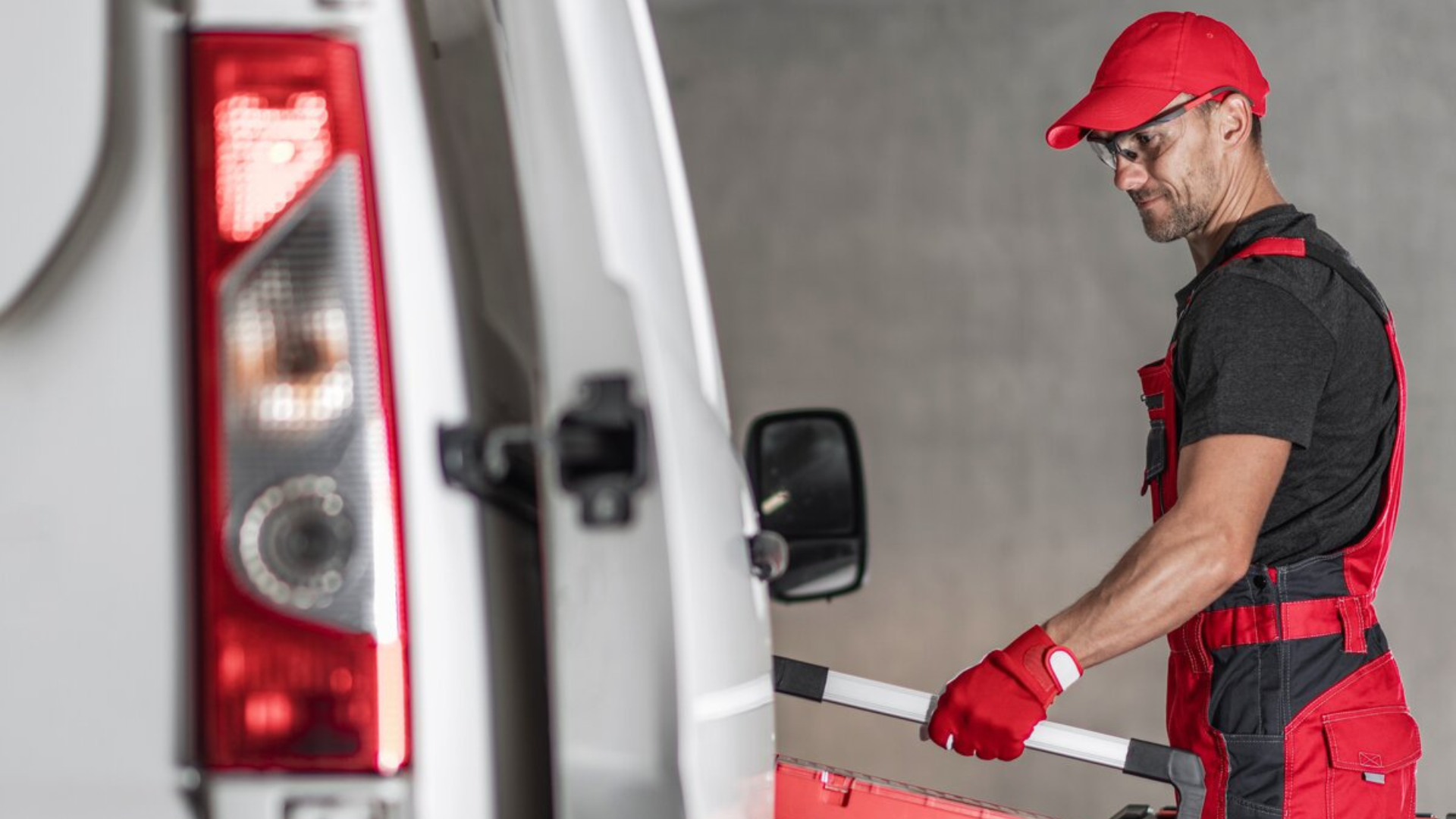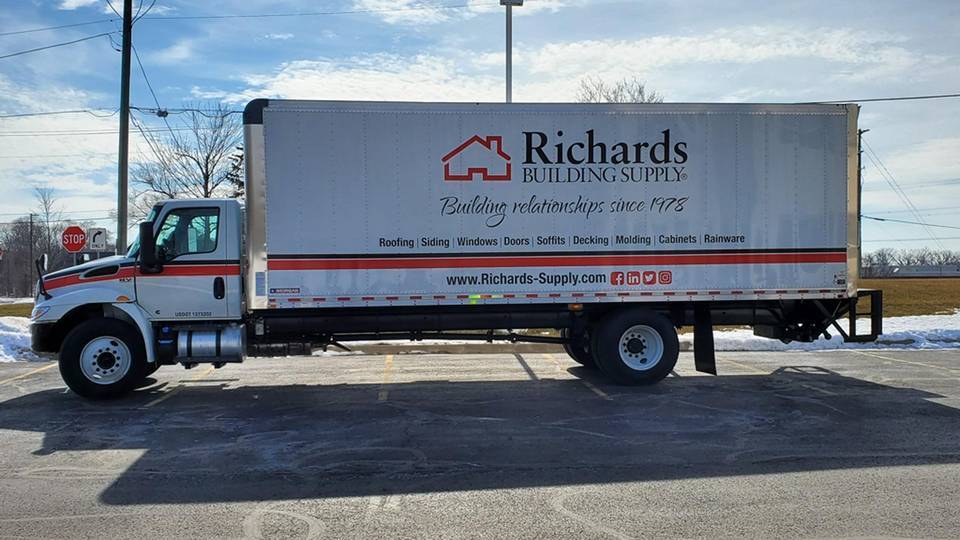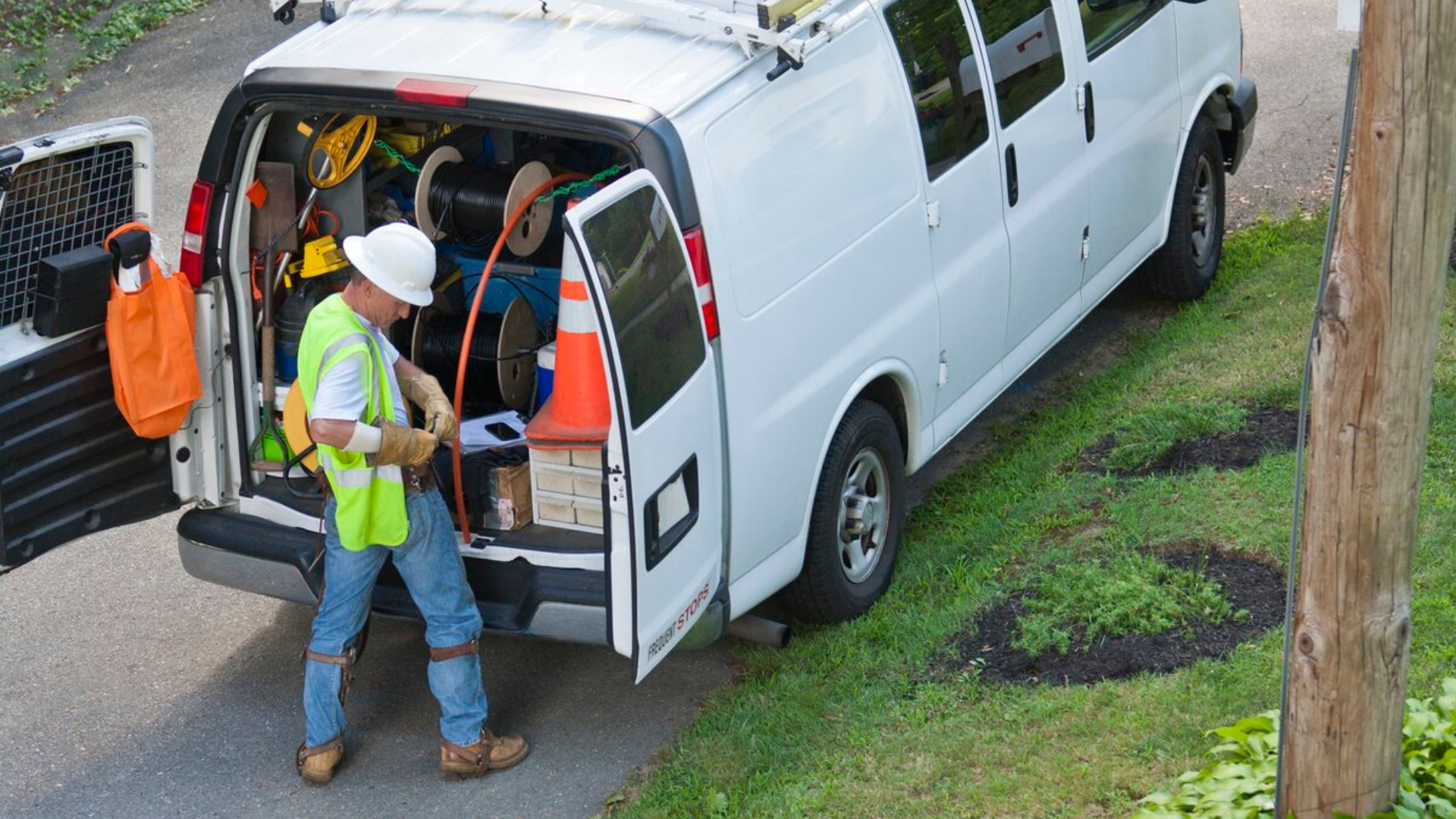
Whether your fleet supports facilities management, specialist trades, field sales or professional services, it falls under the broad umbrella of “field services”, where employees use vehicles to deliver services at customer sites. In these operations, your drivers are the frontline of your fleet’s safety performance.
While policies and systems set the foundation, real, lasting improvements are made when drivers are active participants rather than passive recipients. When drivers feel respected, included and supported, they’re far more likely to drive responsibly and become ambassadors for your safety culture. In this blog article, we look at how inclusion, trust, and feedback based on telematics insights can create a lasting culture of safety.
Involve drivers early regarding the use of enhanced safety systems
Advanced safety systems, including AI-powered dash cameras, can dramatically reduce risk, but the success of their implementation depends on your drivers feeling informed and involved. Gaining consent is crucial, especially when driver-facing cameras are involved.
Start conversations with drivers and unions well ahead of rollout. Be clear about what the cameras do (and don’t) monitor, and how they protect them, for example, by providing evidence in the case of false claims. Some dash camera solutions offer concealing services that blur driver images, number plates, pedestrians and other road users. This helps to safeguard privacy concerns while still maintaining visibility into risky behaviours, protecting both driver safety and trust.
Showing drivers real examples of how camera footage can exonerate them in non-fault incidents can also go a long way toward building trust and acceptance.
Support better decisions in the moment
Real-time alerts based on driving behaviour such as harsh braking, phone use, or failing to maintain a safe distance from other vehicles, give drivers the chance to self-correct instantly. Whether triggered by customisable telematics data or AI dash cameras, this instant feedback helps build self-awareness and safer habits. When drivers feel supported to improve (rather than watched), it strengthens both their performance and morale.
Support your drivers when incidents occur
When a collision or near miss occurs, how you respond matters. Real-time incident notifications let fleet teams reach out quickly to their drivers, offering reassurance, guidance, and practical support. Accurate telematics data and dash camera footage can also help protect drivers in disputes or claims, reinforcing trust while speeding up the claims process and strengthening your insurance position.
Make feedback clear, regular and constructive
Driver safety scorecards are a powerful engagement tool when used transparently. By sharing personalised insights and setting realistic goals, you can help drivers to see where they’re performing well, and where small changes can make a big impact. Over time, this builds a sense of ownership and ongoing improvement.
Make safety a team sport
Gamification can bring energy and momentum to your safety programme. Creating friendly competition between depots or teams can strengthen peer motivation and drive collective performance. Keep it focused on achievable goals and group success, and ensure everyone feels they have a fair chance.
Celebrate progress and positive habits
Recognition goes a long way. Programmes like Geotab Vitality reward drivers not just for perfect records, but for steady improvement and consistent effort. A simple acknowledgement or well-earned reward can deepen commitment and help retain your best drivers, especially when they know their safety matters to the business.
Strong safety culture starts with your people
For field service fleets, the most effective safety strategies don’t just rely on data - they centre on people. By building trust, providing timely support, offering clear feedback, and celebrating progress, you can turn your drivers into active partners. It’s this shared ownership, underpinned by smart technology, that drives real change and an enduring culture of safety.
Download the free field service fleet safety ebook to learn how to create a data-backed safety programme that brings your drivers along with you.
Subscribe to the Geotab Blog

Senior Marketing Specialist, SWE at Geotab
Table of contents
Subscribe to the Geotab Blog
Related posts

The fleet safety incentive programme checklist for driver engagement that lasts
November 26, 2025
2 minute read

The First 40 Days: How Richards Building Supply is rewarding safety and seeing driving improvements
November 20, 2025
2 minute read

How telematics insights can enhance safety for field service fleets
November 5, 2025
1 minute read

How bus fleets can reduce risk with proactive driver feedback and coaching
November 3, 2025
2 minute read

Dash cams that protect driver privacy without missing key events
October 28, 2025
4 minute read

Why driver incentive programmes fail and what fleets can do about it
October 16, 2025
5 minute read